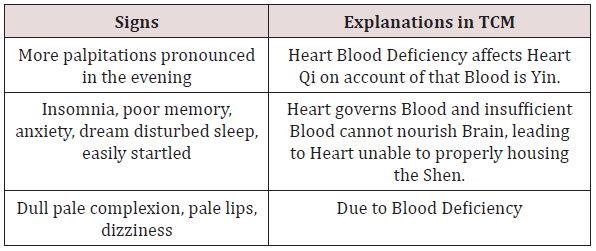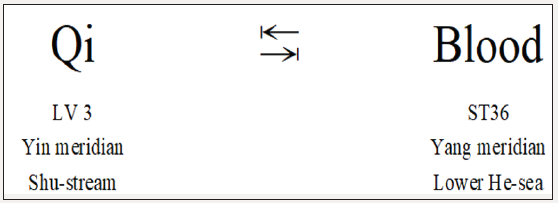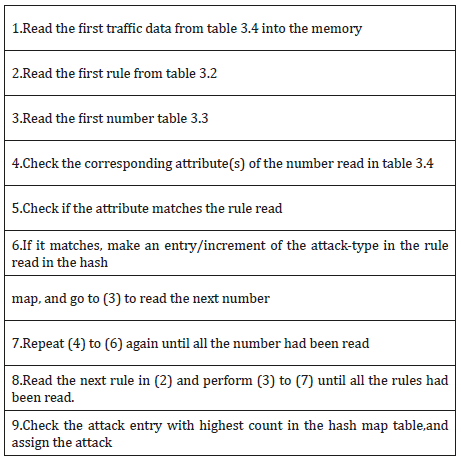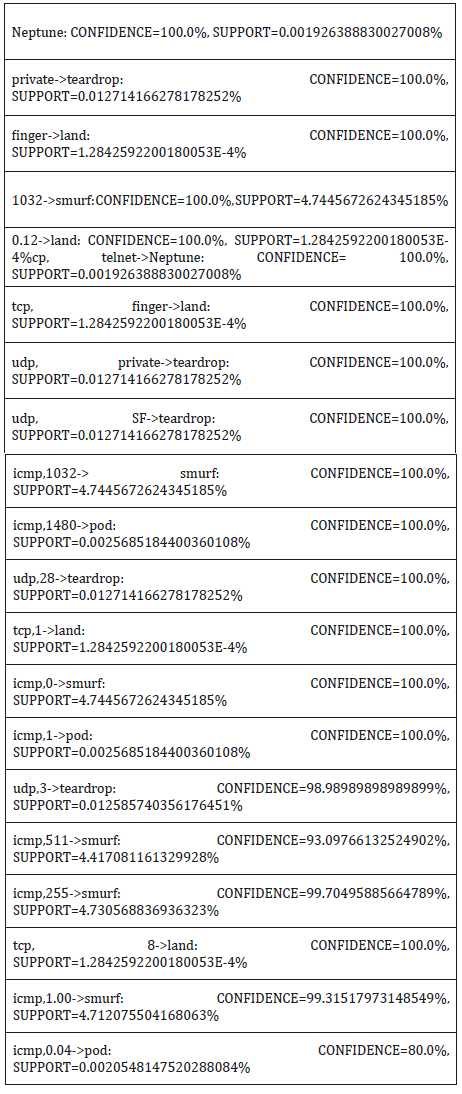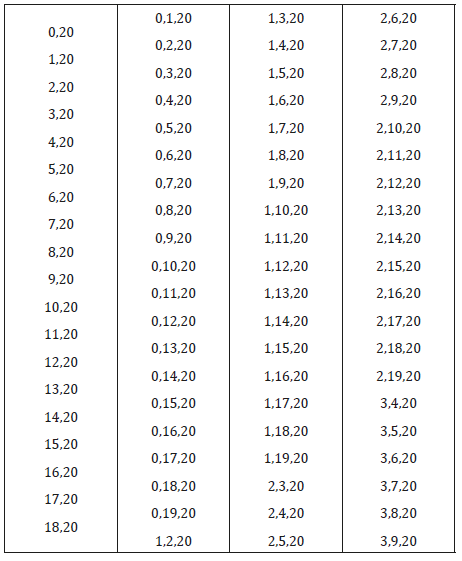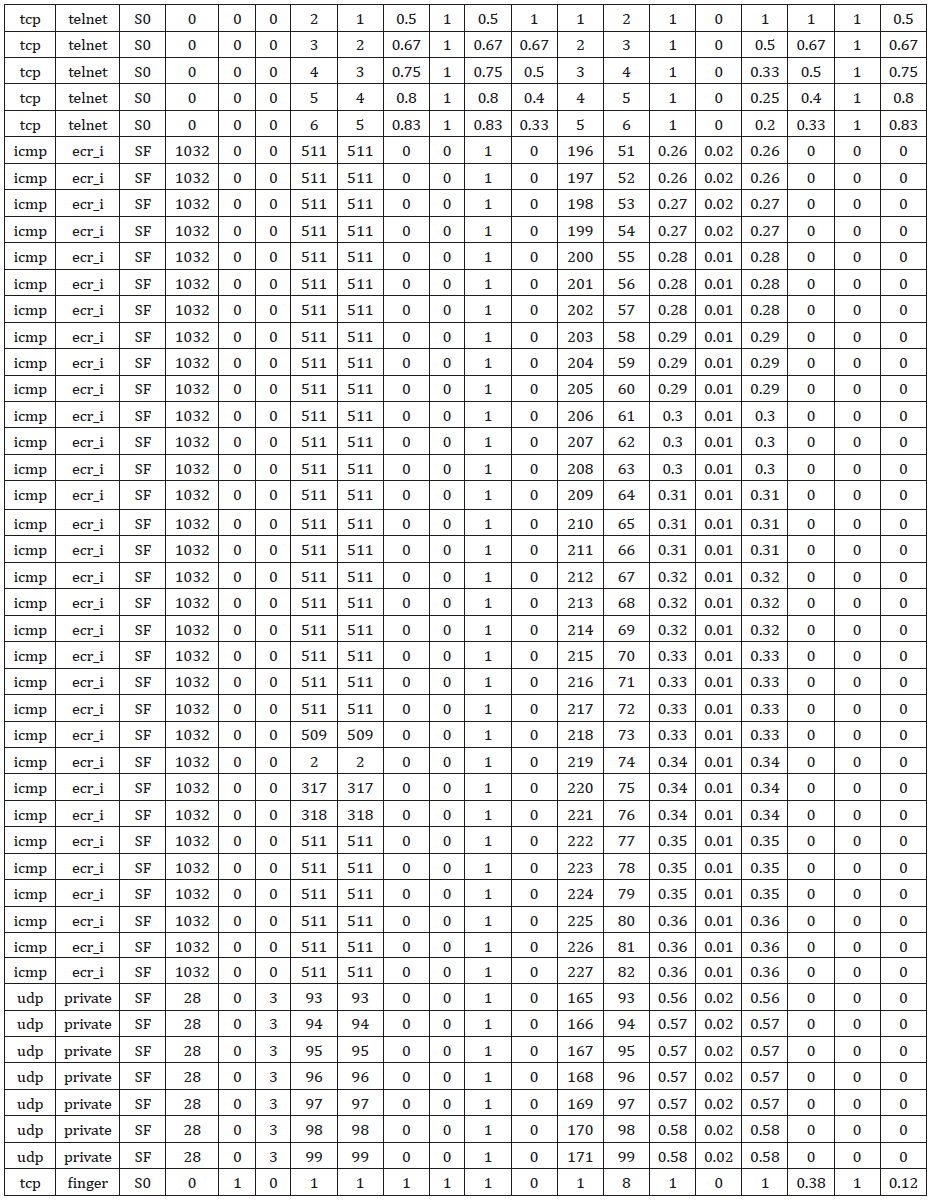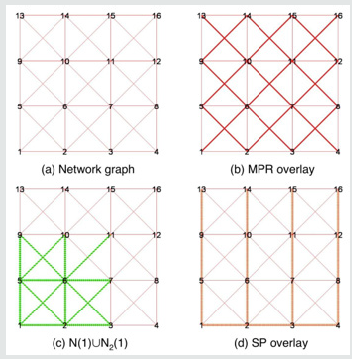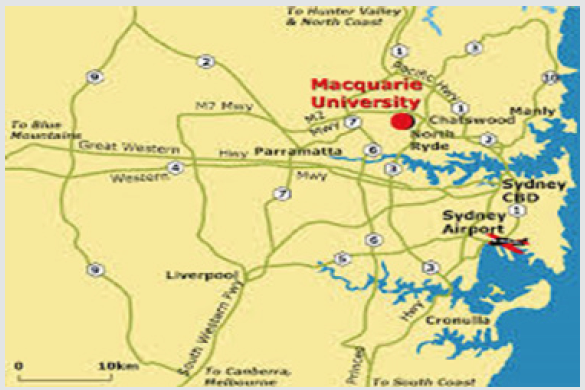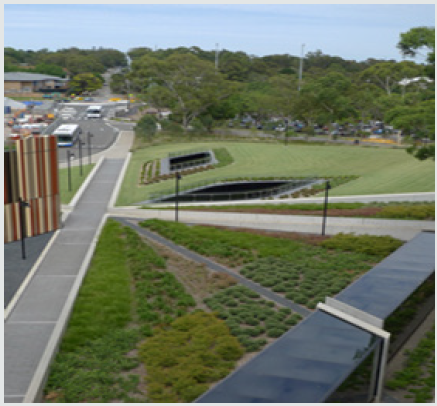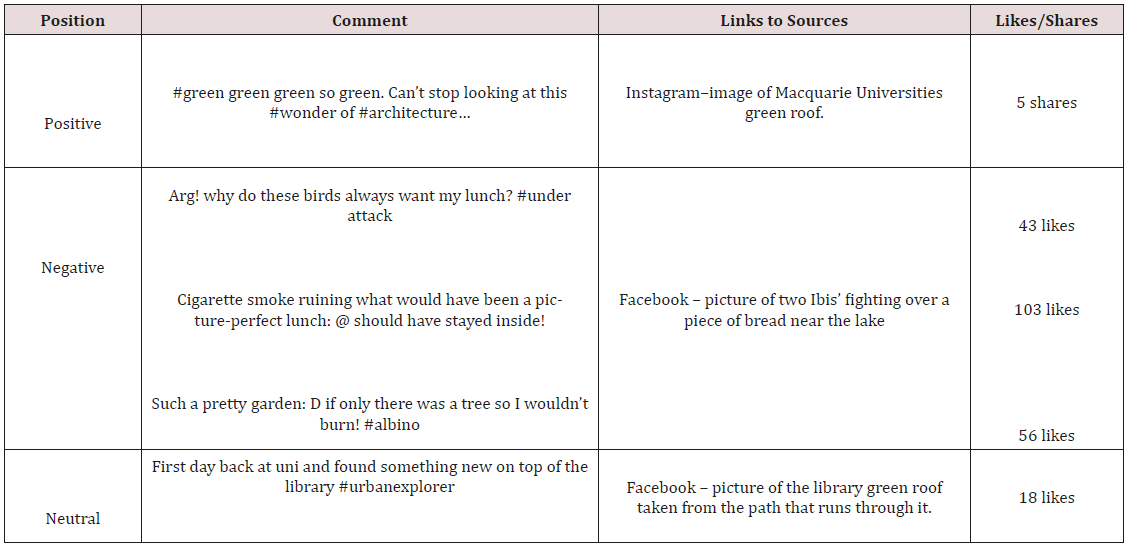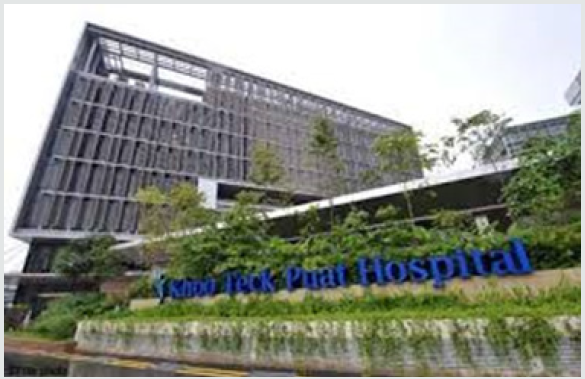Needless to mention the ever increasing pressure on cultivated land
for food & commercial crops, diminishing the area for
forage production. RCBD five treatments with three replications
experiment compared maize grown as sole crop with maizecowpea
intercropped to assess agronomic, nutritional and economic returns of
forage production. Average plant performance
ranged 122.85-174.19cm maize plant height; 20.7-26.4cm ear length, &
number of leaves/maize plant was 9.13-10.52. The effect of
intercropping treatments on maize forage yield was significant
(P<.05), however, there was no significant difference in grain yield
among the cropping systems though T5 yielded higher and higher 100 maize
grains weight followed by T4 yield and 21.74g average
100 maize grain weight; T3 (3.05ton/ha) and 21.84g average 100 maize
seeds and the least in yield was actually the sole maize T2
(2.24ton/ha), confirming that intercropping has at least, some scenario
better than sole cropping practices. There was no significant
soil NPK effect pre-sowing and postharvest.
Nutritionally, feed quality of maize parts was significant difference
among the intercropping systems that stated in their descending
value of cowpea hay, as follows: NDF (T3>T1>T5>T4); ADF
(T1>T5>T3>T4) and typical in CP. lignin content
(T1>T5>T4>T3), while
IVDMD% (T3>T4>T5>T1). NDF content was significantly higher in
maize stem and least in grain. Maize husk significantly over
dominated in ADF content than stem, leaf and grain in descending order.
ADF content was great significant in the entire parts that
maize husk has higher than stem which exceeds leaf. Grain was the least
in ADF content of all maize parts. Similarly, maize stem was
significantly higher in lignin than husk, leaf and grain. LER was 1.45
in the mixtures indicating yield advantage over sole crops. T4
has the potential for enhancing cowpea and maize performances.
Favourable seasons for better DM yield and chemical composition
of both crops should be researched.
Keywords: Maichew, Forage, Maize-Cowpea Intercropping, Yield, Chemical composition
Abbrevations: BCR: Benefit Cost Ratio, MAI: Monetary Advantage Index
Introduction
Background and Justification
Farming systems in most Africa is under serious threat due to
increasing population growth and environmental degradation. The
difficulty has highlighted the need to take an overall view of land
management that is not limited only to livestock & crop production
systems but also includes the need to conserve natural resources.
Currently, arable farming is expanding at the expense of traditional
grazing land. This is putting pressure on grazing resources resulting
inadequate feed resource for livestock both in terms of quality and
quantity [1]. Belete [2] also reported that production increases
resulted from expanding cultivated area not from increasing yield,
despite the fact that the land frontier, especially in the highlands,
has shrunk. Under these situations, development of integrated
forage-cereal-livestock systems offers method of accommodating
& improving crop - livestock production systems [3]. Although
farmers often appreciate the need for fertilizer inputs, the demand
isn’t effective due to high prices, insecure supplies, and in some
cases because farmers have a high aversion to the risks associated
with food production in marginal agroclimatic &socioeconomic
conditions. Fertilizer prices at farm gate are also excessively high
due to thin markets, lack of domestic production capacity, poorly
developed infrastructure, and inefficient production systems [4].
Statement of the Problem
90% of animal feed supply is expected from natural range.
This however, is available in marshy areas, rift-valleys, mountain
scarves which are also diminished from time to time because of
overstocking, overgrazing, and frequent droughts. Due to ever
increasing pressure on cultivated land for food and commercial
crops, it may not be possible to increase the area for forage
production [5]. Integration gap in livestock-crop interactions
created problems facing forage development in Ethiopia acting
bottleneck to livestock productivity [6]. Growing of forage legumes
intercropping enables to use the small farm land for both crop and
feed production. The system offers a potential for increasing fodder
without appreciable reduction of grain production.
Objectives of the Study
1. To evaluate effect of maize and cowpea mixtures on the
agronomic practice,
2. To determine impact of intercropping on nutritional
content of the crop parts, and
3. To assess forage production potential of maize and cowpea
intercropping on economic returns
Materials and Methods
Description of the Study Area
The research was conducted in Maichew ATVET farm land,
from July 20- December 30, 2011, located at 12°47’ N latitude
39°32’ E longitude, 2450m.a.s.l. It has 600-800mm rainfall, 12-
24oC temperature, and 80% relative humidity. The hottest months
are April-June with average 22.92°C; whereas the coldest months
are November- January with 12.47°C on average. The district is
situated about 120km south of Mekelle city, North of Ethiopia.
In the highland mixed crop livestock farming system, maize, and
wheat, normal barley, 6 row barley (“Abiy-ekli”), Teff, pulses such as
dekoko, chickpea, vetch, beans and peas are the main cash crops in
the zone. Despite the mountainous terrain which limits availability
of cultivable land, the combination of fertile soils, adequate rainfall
and suitable temperatures produce good yields which make this
zone food sufficient comparatively.
Experimental Design and Treatments
Five treatments (two monocultures and three mixtures of maize
& cowpea) were included in the experiment with a proportion;
1C:1M for T4, 1C:2M for T5 and 2C:1M for T3 and sole crops of
cowpea (T1) and maize (T2) included as check to compare yields
of intercropped mixtures. The experimental design was RCBD with
three replications. The treatments included seed proportions as
follows 144:0 (100% cowpea), 0:144 (100% maize), 96:48 (67%
cowpea: 37% maize), 72:72 (50% cowpea: 50% maize) and 48:96
(33% cowpea: 67% maize). The land was ploughed and ridged then
divided into 15 plots (3.6m x5.4m= 19.44m2 each) and 1m plot
spacing, in 18.2m *22m= 400.4m2 leveled total area. Frost damaged
the cowpea forage on 26th December 2011 night that Maichew
meteorological station recorded -10c, after 10% pod formation and
early blooming. Based on the indigenous knowledge practices of
the surroundings, the research maize (Katumani/Beletech) termed
“Arkib or Fetino” for its fast growing yellowish small sized deemed
as reliable in the late on set and early cessation rainfall pattern and
Cowpea, the multipurpose legume was supposed to minimize the
cost of production for fertilizer under nitrogen-limiting conditions
and under water-limiting conditions, so that the requirements for
maintenance of high intercrop maize yields can be defined.
Sampling Procedure, Data Collection, and Analysis
Soil sample collected diagonally from the middle 3 rows of the
plot for both pre-sowing (surface level during bed preparation) and
post harvest (from roots of the crops). Laboratory analysis for soil
and plant NPK was conducted using wet chemistry technique while
DM and Fiber contents using NIRS. Dry oven used to determine
plant DM% and other chemical analysis in 65oC for 24 hours and
to analyze soil NPKs in 105oC for 24 hours. Fresh matter yield was
estimated from harvesting herbage from 3.6m x5.4m quadrant in
the central rows of each plot. The dried composite forage and grain
samples from each treatment were milled to pass via a 1mm sieve
for targeted analysis. Maize and cowpea forages as well as maize
grain quality were determined in terms of percentage: - NPKs,
CP, Ash, DM, ADF, NDF, ADL, IVDMD and soil NPK analysis. Yields
were assessed based on intercropping indices as measures ratio
of individual LERs, Monetary Advantage Index (MAI) an indication
of the economic values of grain and stover produced estimation,
germination rate and time to reach blooming were considered for
quantitative statistics. In each experiment, sowing was done by
row method. All other cultural management practices including
(watering, thinning and weeding) were kept normal and uniform
for all the treatments.
The collected samples analyzed for DM, CP and ash according
to the procedures and NDF, ADF and ADL determined according to
the method of Van Soest, et al. [7]. For DM yield determination, two
middle rows were harvested when the maize component reached
dough stage and the harvested biomass was then be separated in to
grass and legume components. The fresh weight recorded just after
partitioning and the sub samples of each component species forced
in dry oven at 65oC for 24 hours to determine the DM content. This
percentage DM used to determine herbage yield on per hectare
basis. Biological yield advantages and species compatibility of
the intercropping were assessed using LER. If LER is greater than
one, then intercropping has a yield advantage [8,9]. The chemical
analysis of the feed samples was done using the standard methods
AOAC. Nitrogen was analyzed using the Kjeldhal procedure and
crude protein was determined by multiplying %N by the factor 6.25.
NDF and ADF determined by the procedures described by Goering
and Van Soest [7]. IVDMD was determined using Tilley and Terry
in vitro technique. Soil and plant NPK was determined followed
by maize and cowpea plant parts Near-infrared Reflectance Spectroscopy. Samples were dried, ground and sieved (Adesogan
2000).
Statistical Data Analyses
Data analyzed by ANOVA, Correlation manipulated using basic
statistics and LSM difference student’s t test of JMP 5 (2002). The
statistical model was:- Yij=μ + Bi + Tj+ Eij,
Where, Yij=observation in block i and treatment j, μ=Overall
sample mean, Bi=Effect of block j,
Ti= Effect of treatment i, Eij = Error.
Results and Discussion
Germination rate was more than 75% for both crops within a
week time and maize started tasseling on 3rd month while cowpea
begun blooming on the end of 4th month. In the study plot 400m2
there have been 713 cowpea and 955 maize plants that had 1780
maize ears (1.86 ears/maize plant) of which 937 ears (52.64%)
had been fruitful bearing seeds and 5.73% out of the total maize,
were also damaged by birds even though closely guarded during
early mornings and late evenings. Damaged ears were covered
using maize leaf or plastics. In both crops, sole cropping and
higher ratio of respective seed outweigh the intercropping due to
minimum inter-competition. In cowpea (Tables 1 & 2) forage yield
T1 was highly significant (p<.05) than other cowpea intercropping
systems which were likely to each other. T1 produced more DM%
than in intercropping systems. T5 has the lowest cowpea DM, and
shortest cowpea plant height, due to reduced cowpea growth.
Cowpea DM production in sole cropping increased with increasing
cowpea density and produced more DM compared to intercropped
planting patterns. This indicated that competition for resources
in intercropping reduced cowpea growth and also resulted in a
decreased growth rates (Figure 1). The effect of forage integration
treatments on maize forage yield was significant (P<.05),
however, there was no significant difference in grain yield among
the cropping systems though treatment 5 yielded higher (5.46
ton/ha) and higher 100 maize grains weight (24.98g), followed by
treatment 4 (4.38 ton/ha) yield and 21.74g average 100 maize grain
weight; treatment 3 (3.05 ton/ha) and 21.84g average 100 maize
seeds and the least in yield was actually the sole maize treatment 2
(2.24 ton/ha).as indicated in (Tables 2 & 3).
Figure 1: Effect of intercropping on maize and cowpea performance
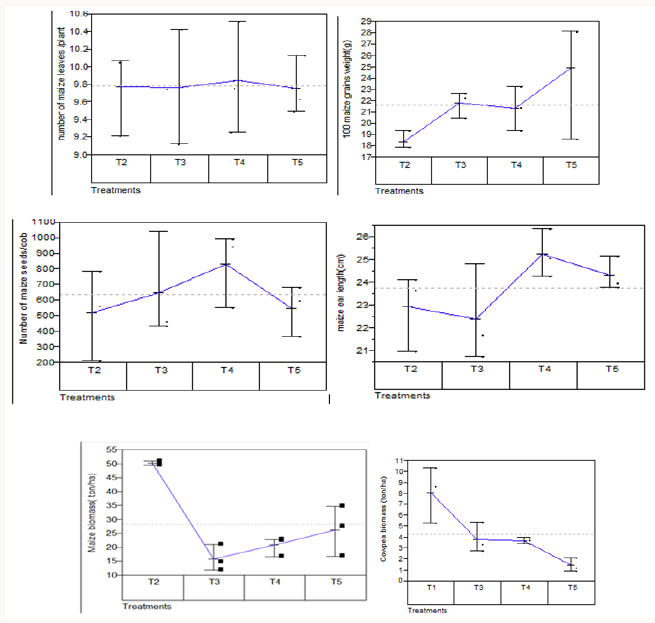
Table 1: Effect of forage intercropping on maize grain (ton/ha), stover (ton/ha) yields and cowpea forages yield (ton/ha).

Table 2: The average chemical composition (%) of maize stover and cowpea (dry matter basis)

There were no remarkable differences (P > 0.05) in maize plant
height due to the intercropping, rather the maize sole crop
outweighed, followed by reducing proportion of the cowpea. Maize
leaf number/plant were 99.7% similar (p>0.05) among treatments
that there was no use of variation in cropping system, however, T4
formed significantly higher leaf number from other treatments.
Maize biomass was higher in the sole crop followed by T5 where the
seed ratio outweighed others. T4 and T3 maize biomass was typical
also (Figure 1). There was no significant (p > 0.05) difference in
maize ear length and grains/cob among the treatments. However,
T4 were significantly higher from others, both in maize ear length
and grains/cob, indicating that maize ear length determined
number of grains/cob in maize plants (Table 2).
Similar to many studies, number of growing days in the highland
(2450m.a.s.l) was supposed to reach in 3 months, but everything
delayed to 5 months. The research result agreed with Samuel and
Mesfin [10]; Diriba and Lemma [1], who reported that high biomass
of maize in sole crop, compared to their respective intercrops has
been obtained due to interspecific completion and rust damage
of the maize. Maize yield reduction in intercropped compared to
T2 could be due to a higher degree of interspecific competition in
mixed stands and the absence of interspecific competition in the
sole crops similar to the investigation [5]. Results from previous
studies indicated that shade effects on growth and yield of legume
crops decreased DM yield and increased plant height [10]. Thobatsi
[9] has also reported that taller maize cultivars result in lower yield
of intercropped cowpeas, compared to shorter cultivars due to the
increased shading effects. Contrary to the studies of shade effect on
the cowpea, the research enabled to determine maize nursing effect
from frost damage on cowpea (Table 1).
The increase in DM% production of maize in intercropping
compared T2 might be attributed to the fact that maize is a more
aggressive component crop in the intercropped system. Similar
results had been reported by numerous investigators [10] who
found that DM production increased when maize is intercropped
relative to sole maize. Cowpea DM production in sole cropping
increased with increasing cowpea density and produced more DM
compared to intercropped planting patterns. This indicated that
competition for resources in intercropping reduced cowpea growth
and also resulted in a decrease in growth rates. Legume growth
suppression by maize in intercropping systems has been reported
(Moririt et al. 2010). Maize-cowpea intercrops reduced density and
weed biomass when compared to sole crops. This was similar with
the findings of many researches [1].
In biomass, T2 dominated followed by T5 and T4, indicating
interspecific competition scenarios in between maize and cowpea
crops, which disagree with many investigators. However, maize
seeds/cob directly linked with ear length that was shown in T4
similar to Moriri, et al. [11]. Mean grain yields for maize under
intercropping were 51% less and for cowpea 12% less than in
the respective sole crops Thorne et al. [12]. Furthermore, maize
stover yield was 14% lower under intercropping, although the
additional legume stover may more than compensate because of its
higher nutritive value. T4 was the best combination of component
crops in intercrop due to maize seeds per cob, ear length, cowpea
plant height and biomass and fair shade and frost effects. This
combination of component crops proved to increase crop growth
rates of both crops in this study.
Sole cowpea was significantly populated than other
intercropping. T3 and T4 were likely to each other, but value wise,
T3 was more populated than T4, indicating that with increase
cowpea rows, there was an increase in cowpea population, getting
freedom to compete alone for access to water, nutrients and sun
light. Practically there was great over dominance of maize in three
of the T5 replications, that cowpea plants were out of competition.
T4 was significantly different from T5, though insignificant (P >
0.05) from T3 and T1 which, were likely to each other in cowpea
plant height. The same trend was also observed in cowpea nodule
number per plant, where T1 was exceptionally different from T5.
There was no significant (P > 0.05) difference in cowpea
biomass among the intercropping systems, however, sole cowpea
had scored significantly higher biomass followed by T4 with the
least T3 (Figure 1). Cowpea plant root depth among the treatments
were almost 81% similar between treatments (p>0.05) not
significant but T4 was greatly significant (P > 0.05) than T5, T3 and
T1 in descending order (Table 2). Intercropping had a consistent
deleterious effect on cowpea performance, but any competitive
effects were small. Cowpea plant height positively correlated
with its biomass and number of cowpea plant/plot with nodule
number, that indicated they do affect each other. But there was no
correlation in between number of cowpea plants/plot with plant
height and cowpea root depth. There was no correlation in between
number of nodule with cowpea plant height, cowpea biomass and
cowpea root depth.
Maize plants/plot was almost perfectly positively correlated
with maize biomass (0.98) & maize ear number/ plant (0.96) that
positively correlated with plant height but no correlation with ear length, grains/cob and grain weight. Maize leaf number was
only positively correlated with plant height that indicated directly
influenced to each other, no relation with ear length, grains/
cob, ear number/plant, grain weight and biomass. However, leaf
number should be correlated with maize biomass, which correlated
with plant height. Maize plant height also positively correlated with
ear length, biomass and ear number/plant, but not correlated with
grain weight and grains/cob indicating no influence. Maize biomass
was also perfectly positively correlated with ear number/plant that
directly affected. There was weak correlation in between biomass
of maize & cowpea that there may not affect each other. Number
of cowpea plants/ plot did not affected number of maize plants/
plot that do weakly correlated, but negatively affected maize grain
weight. Nodules/ cowpea plant was negatively correlated with
maize ear length which affected number maize grains/cob.
Thobatsi [9] reported that maize grain yield was significantly
correlated to number of ears/plant and to 100 seeds weight.
The planting pattern T5 has displayed lower cowpea plants
performance in height and population that contradicts with Moriri,
et al. [11] study who reported the 2rows M:4rows C pattern has
the lowest cowpea dry matter, and taller cowpea plant height, all
of these being attributed to reduce cowpea growth. In agreement
with Moriri, et al. [11] study T4 pattern was the best combination of
component crops in intercrop due to higher dry matter production.
This combination of the component crops proved to increase crop
growth rates of both crops in the study. Thorne, et al. [12] reported
maize grain lower (0.5ton/ha) than the bench marked production
of the study area (0.7 ton/ha) and the actual intercropped low input
farming trial as reported in (Table 3).
Table 3: Effect of intercropping on the growth parameters of maize and cowpea crops.
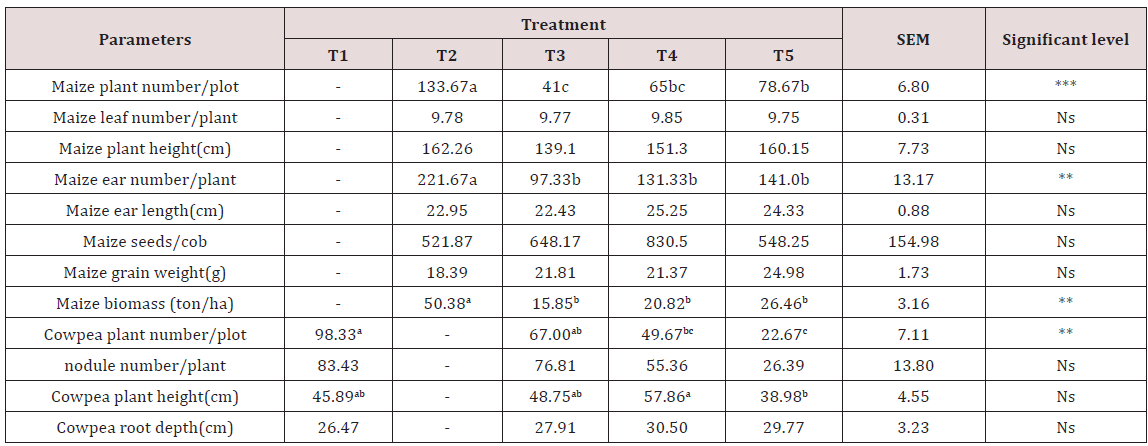
Indicate for the control sole cowpea (T1) and T2 for sole maize and hence there will no data for the alternate crop.
a,b,c, letters connected by different alphabet were significant difference ( within the same row);
Ns = not significant; SEM = Standard error mean; 1 ton= 1000Kg; 1hectar =10000m2
Effects Intercropping on Plant Chemical Composition
The levels of DM, IVDMD, NDF and ADF were higher in maize
than in cowpea. However, lignin, CP and ash were higher in cowpea
than maize.The interaction impact significantly (P<.05) affected
in cowpea forage composition in many of the criteria such as DM,
Ash, NDF, ADF, lignin and IVDMD in different angles. There was
significant difference among the intercropping systems that stated
in their descending value, as follows: NDF% (T3>T1>T5>T4); ADF
% (T1>T5>T3>T4) and typical in CP% as well as lignin content
% (T1> T5>T4>T3), while IVDMD% (T3>T4>T5>T1). There was
marked (P <.05) effect of intercropping in cowpea forage DM%
that T5 was higher while T1 was the least.
Cowpea Ash content was also significant (P < 0.05), and
that of T4 has higher value while T3 was the least. There was no
significant difference (P > 0.05) in between maize leaf and husk
as well as maize grain and stem in DM% content. However, Maize
leaves were significantly higher while maize stem was the least of
all. Ash content was significantly (P < 0.05) different with higher
value in maize leaf and least in grain which was actually higher in
CP% (P < 0.05; 9.86) than leaf (6.57), husk (4.40) and stem (3.64).
Interaction significantly (P < 0.01) affected NDF content that maize
stem was higher and the least in grain. Maize husk was significantly
over dominant in ADF content than stem, leaf and grain with their
descending order. There was great significant in ADF content in
the entire maize parts that maize husk has higher ADF than stem
which exceeds leaf. Grain was the least in ADF content of all the
maize parts. In general, low NDF values are desired because NDF
increases as forages mature. Similar to the general fact maize
stem was significantly (p<.05, 7.87%) higher in lignin than husk
(6.62%), leaf (4.13%) and grain (1.23%). There is significant
difference in IVDMD% content from maize grain to leaf, husk and stem,
that grain was better digestible and absorbed in body tissues.
Grain was the least in ADF; husk was the highest, indicating that it
is poor in digestibility
The chemical composition of the research forage was in the
range of Ethiopian forage nutritive value as stated by Duncan [13].
In turn, cowpea also presented CP values similar to those found
in the literature. Dahmardeh [14] reported that maximum ADF
(31.85%) was recorded by sowing maize alone while increasing the
proportion of cowpea seeds to 50% in intercropping with maize,
resulted in the lowest ADF (25.89%). Intercropping of cereal and
legume can improve forage quality in terms of Ash. There was no
difference in Phosphorus and IVDMD composition in maize stover
and in maize grain of DM and CP, from Duncan [13] findings, higher
ADL (6.2%) than 3.98% (Table 4).
Table 4: Correlation of maize and cowpea plant parts along with their biomass.
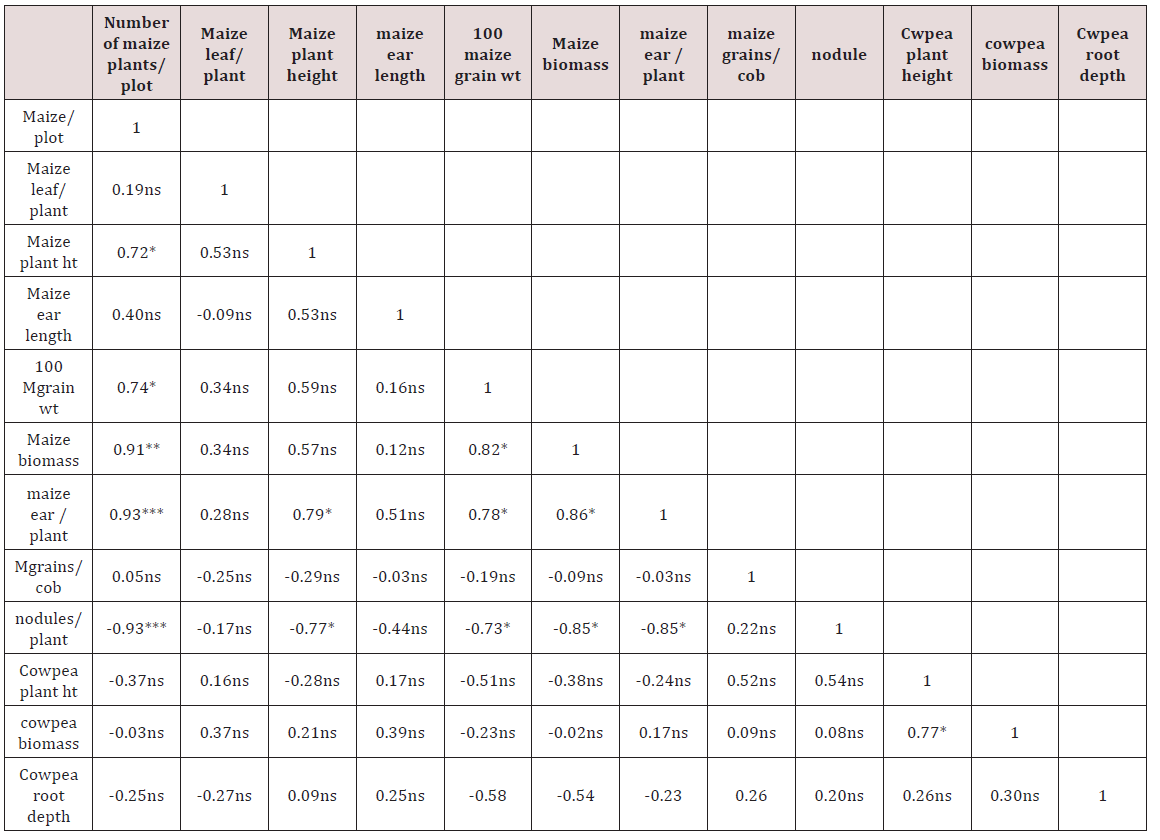
*Correlation significant level; ns = not significant; ht= height; wt = weight; Cwpea = cowpea; Mgrains = Maize grains
Intercropping Effects on Soil Nitrogen, Phosphorus and
Potassium Contents
The soil parameters did not vary significantly (p>0.05) across
treatments pre-sowing and post harvest. However, it is worth
noting that intercropped plots did not receive fertilizer, and yet
available nitrogen and phosphorus content was not significantly
different. However, there was slight difference that higher N2 and
P available pre-sowing, this indicated that total yield per unit area
was improved through intercropping without visible impact on
soil nutrient status. Available nitrogen was markedly lower and
differences were less evident at the final sampling, probably, due
to the increased use of the nutrients by the improved growth of the
crops. There was significant Potassium (K) variation (p<.05) presowing
and post harvest ppm. The result in NPK ranged in medium
as to recommendations. Available potassium in the soil post harvest
was diminished and higher in the maize leaves and husks.
This coincided with Lindqvist [15] that intercropping means
sowing forage seeds usually legumes in a field where other crops
are already growing, that has an advantage of producing additional
animal feed from land that is already used, improves the feeding
value of the crop stubble and improves soil fertility. The research
result coincided with Thorne, et al. [12] who stated as stover
fraction of the maize plant contains fewer nutrients than the grain.
However, the removal of stover as fodder, construction material or fuel
still represents a significant additional outflow of nutrients
from the plot.
Economic Return of the Forage
Intercropping has improved economic return that T5 (1C:2M)
followed by treatment 4 (1C:1M) intercropping were better to
perform than treatment 2 (sole maize) and treatment 3 (2C:1M)
cropping, be it for minimum competition or to resist frost damage.
Cowpea had been crop of the lowlands, but the research trial could
be witness that it could be feasible not only for forage value but
also for seed production. With this the mono-crop was the least in
terms of 100 maize grain weight and grain yield, while treatment
5, 4 and 3 the real intercropping system intervention do better
performed in their sequential order. Forage yield was the reverse
that mono-crop (50.38 ton/ha) was significantly different followed
by T5 (26.46 ton/ha), T4 (20.82 ton/ha) and lastly T3 (15.85 ton/
ha), indicating that higher proportion of maize outweigh, due to the
nature of the crop to cover a large canopy area.
A partial budgeting model was applied for economic-evaluation
of the biological data. Both crops forage yield and maize grain
were valued at farm-gate prices (Table 5). Incremental benefit
and incremental cost for each crop treatment was calculated. The
resultant benefit cost ratio (BCR) was derived as the ratio of net
incremental benefit to incremental cost. It is the absolute marginal
rate of return (or loss, if negative) to incremental cost. BCR is
the choice criterion for ranking the alternative maize-intercrops
against respective control practices. A positive BCR implies that a
particular crop treatment is economically superior (yields positive
marginal return) to the control treatment or practice, and vice
versa. The higher the positive BCR, the more economically superior
the crop treatment and vis-a-vis. From a hectare of the planting
pattern 257225.60 birr was considered as return (Table 5).
Table 5: Cost benefit analysis of the intercropping.

Biological Competition (Potential) Functions
SPI= (MS / CS x CI) + MI=MI= 3.39 ton/ha, where, CS x CI=0,
since cowpea was perished.
The Monetary Advantage Index (MAI) which gives an
indication of the economic advantage of the intercropping system
was calculated according to Ghosh [8] as follows:
MAI=257225.60(1.45-1)/1.45=79828.63 Ethiopian Birr
Figure 2: Comparative Land Equivalent Ratio results of the maize crop yield.

Economic values of grain and stover produced was estimated
based on the average prevailing prices during the time period of the
year from 3 main markets in the surroundings. Results indicated
that the overall LER was 1.45 in the mixtures indicating a yield
advantage over sole crops (Figure 2). Therefore, 45% more land
should be used in sole cropping in order to obtain the same yield
of intercropping, which indicates the superiority of the intercrops
over pure stand in terms of the use of environmental resources for
plant growth. LER > 1.0 has been reported in Eskandari [5], but
LER<1 was reported in Thobatsi [9].
Conclusion and Recommendations
This study obviously suggested the possibility of exploiting
short-term forage legume-cereal rotations where farmers could
gain the benefits of forage legumes to grain production. If developed
in to an intervention that can be implemented, such approach could
be of an immense value to the animal and crop enterprises in
mixed farming systems of highlands. In conclusion, it can be safely
said that intercropping has shown its merit as a viable means of
intensifying crop production, under unfertilized conditions and
biotic (pests and diseases) and abiotic (frost) stresses, in the study
area. The research disapproved that crop of the lowland; cowpea
could perform well in highland, especially, with the global warming,
increasing desertification and increasing temperature.
Maize and cowpea competed well with each other for light and
nutrients in T4 mixed stand, producing a good total DM yield with
moderate protein content. Cowpea deemed crop of the lowlands, but the
research trial could be witness that it could be feasible not
only for forage value but also for seed production. The research
enabled to observe, frost damage versus intercropping that there
was minimum impact on T4 of the intercropping for maize acted
as nursing crop and provided protection against frost damage of
the cowpea. Frost damage was more severe in the sole cowpea
than the intercropped case. On the other hand, the establishment of
climbing by this legume in relation to stage of maize development
was vital in intercropping providing support [16].
Birds’ damage of the cob was higher in the sole maize for the
denser population enabled to hide the birds. Frost cowpea damage
was lesser in the T5 and T4 arrangements. The overall performance
of the intercropping was better in the T4 arrangement which was
the suitable planting pattern and has the potential to increase DM
yield of maize production thereby also enhancing crop growth. In
cowpea, sole cropping produced more DM than in intercropping
systems [17-20]. From this study it was found that the T4 and T3
arrangements have the potential for enhancing cowpea and maize
growth and also reducing weed growth this combination of the
component crops proved to increase crop growth rates of both
crops. Maize treatment 4 indicated to have better in CP% than other
planting patterns [21].
1. Inorganic fertilizer seemed to be an indispensable
component to maximize yield output, from interventions
like intercropping
2. For highest yields, plant the targeted maize in 75 cm rows
apart with in-row spacing of 30cm,
3. Favourable seasons for better grain and forage yields of
both crops as well as chemical composition during scarcity
of green feeds should be researched.
Read More About Lupine Publishers Journal of Oncology Please Click on Below Link:
https://lupine-publishers-food-and-nutrition.blogspot.com/



